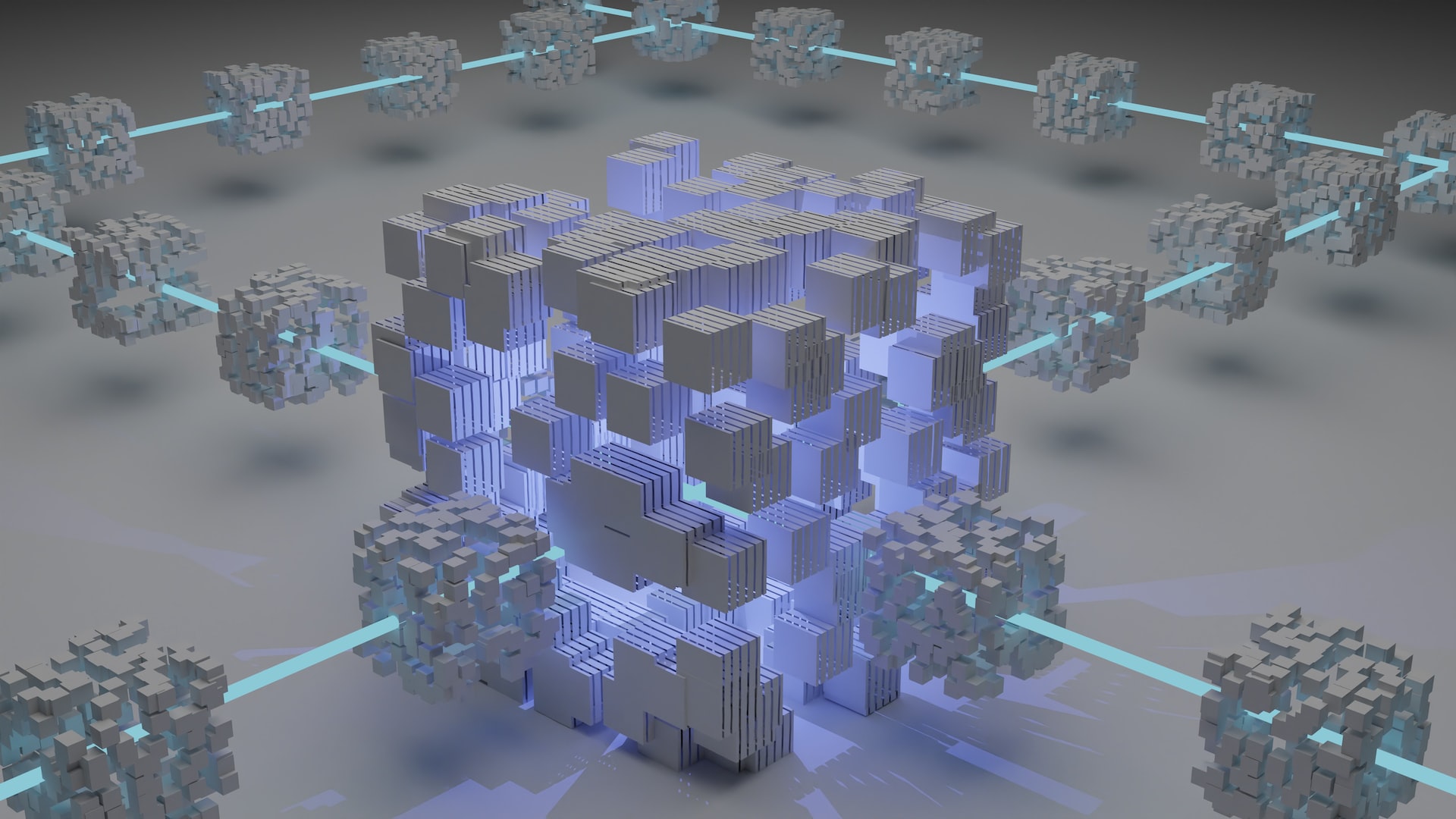EY US has entered into an alliance with Databricks, a data lakehouse company, to help organizations simplify and democratize data, analytics, and AI.
Combining business insights and the consulting capabilities of EY data scientists with Databricks’ Lakehouse Platform, the alliance will help enable massive-scale data engineering, ML, and business analytics for organizations across industries.
The Databricks Lakehouse Platform combines the best qualities of data warehouses and data lakes to help organizations accelerate innovation through critical data-driven use cases and reduce the risk of data misuse, from warehousing and data streaming to data science and ML, on an open unified platform.
As a long-time consumer of Databricks, the company has seen the benefits first-hand of the platform’s value, having implemented it for internal use cases. For example, the EY organization’s proprietary solution, Trusted Data Fabric, is underpinned by Databricks.
Greg Sarafin, EY global partner ecosystem leader, said: “Entering into an alliance with Databricks strengthens our ability to address the needs of clients seeking to gain significant business benefits from their data, whether for operational efficiency, stakeholder experiences, risk mitigation or creating entirely new sources of revenue. EY teams offer the breadth of services necessary to turn data insights at scale into enterprise value enabled by Databricks’ Lakehouse and the extraordinary AI and ML capabilities of that platform.”
Kori O’Brien, SVP, global consulting and SI partners at Databricks, said: “We are thrilled to welcome EY US to the Databricks partner ecosystem to help data-driven organizations adopt the Lakehouse Platform and deliver more value to their businesses with data, analytics and AI. We look forward to continuing to innovate with EY teams and provide new capabilities, services and tailored industry solutions for our joint customers to unlock the power of their data with a lakehouse.”





